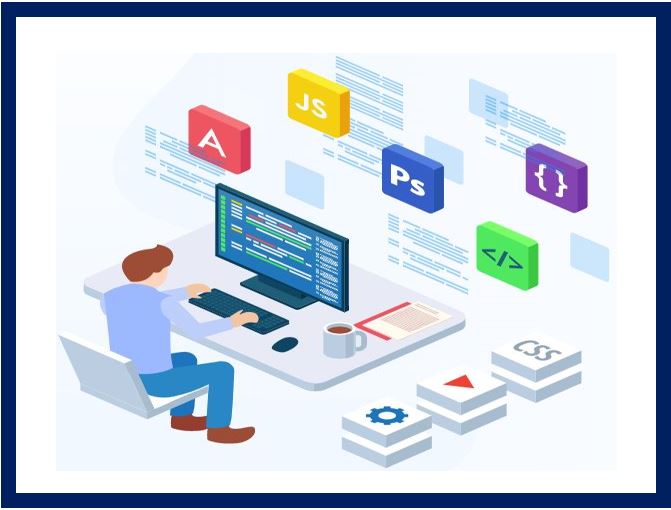
Did you know that over 1.2 trillion digital photos were taken in 2017 alone? This figure doesn’t include other forms of files that are central to businesses worldwide. What could happen without ways of backing up all the information businesses produce daily or annually?
Fortunately, you don’t need to worry about losing data because you can safely back them up. You can read this source to find out how to back up your Microsoft Office. Also, you can optimize other media to protect your precious media. Keep reading to discover more about removable media storage.
What are Storage Removable Media?
Removable storage media are forms of computer storage designed to work by inserting and removing them from a computer system. They come in different forms and have built-in capabilities that enable them to function.
Examples of Removable Storage Media
Storage media come in different forms. Here are the leading examples on the market.
External Hard Drives
External hard drives are the leading types of removable media. They come in different shapes, configurations, sizes, and storage capacities, storing all types of media like text and multimedia.
USB Flash Drives
Flash drives are another form of affordable and removable discs you can use to store your data. They are ideal for transferring information between various computers. They also have different storage capacities. Flash drives use light to read information. However, their smaller size makes them more vulnerable to theft and loss. Thus, it’s necessary to store them carefully.
Network Attached Storage (NAS)
A NAS storage is a storage drive that resides on networks, so different users within them can access the data stored in this removable storage device. Although they are costly, the cost pays off because NASs can back up more files. Many of them can store multiple computers within an organization or home, letting you stream media the way game consoles or smartphones do. Moreover, you can use this form of storage to share files across networks and to the Net.
Advantages of Removable Storage
So, what are the advantages of these storage devices? Here are some benefits that removable storage solutions provide.
Portable
They are portable. Thus, you can access your details anywhere.
Easy to use
It’s also easy to use them as removable devices don’t need any specialized expertise to operate. Instead, basic computer application knowledge is enough.
They don’t consume power
Removable media don’t consume extra power when using them on a computer. Also, they don’t need power to store data.
They’re fast
These tools are faster than cloud-based technology. They copy and download information faster.
A wider variety
Removable storage devices are varied and diverse, representing a huge product segment. You only need to choose the right type and size that suits your storage needs.
Disadvantages of Removable Storage Media
But despite their beautiful advantages, removable devices have shortcomings. Below are some of them.
Still subject to risks
Removable storage media encounter the same risks internal storage may face. For example, a worm, virus, or malware can attack them. Also, sunlight, dust, and heat can adversely affect them.
No password protection
These media lack password protection. Thus, if they get lost or stolen, someone can access all your details.
Versioning difficulties
Lastly, they have versioning challenges. For instance, it’s challenging to set up versioning on a hard drive.
How to Manage Your Removable Storage Media
So, how do you care for removable storage media to reap the best from them? Here are tips to assist you in caring for them.
Keep them away from temperature extremes
Keep these media within room temperature. If you expose them to hot temperatures, their magnetic elements could melt.
Don’t place them on top of other electronic devices
Placing a USB on other electronic devices like computers or TVs for long could cause data loss.
Eject them properly
Careful ejection of devices is the best way to avoid sudden data loss and damage.
Protect your files
The best safeguard from viruses and other infections is being careful with what enters or leaves them.
The facts are out. We hope they will help you make a smart decision to incorporate them into your data backup efforts.
You may be interested in: “5 Easy and Effective Ways to Back Up Your PC”

